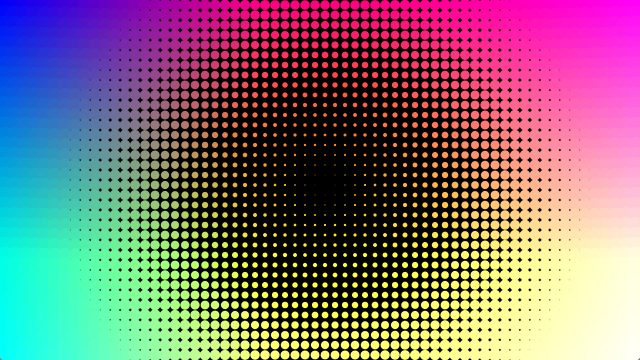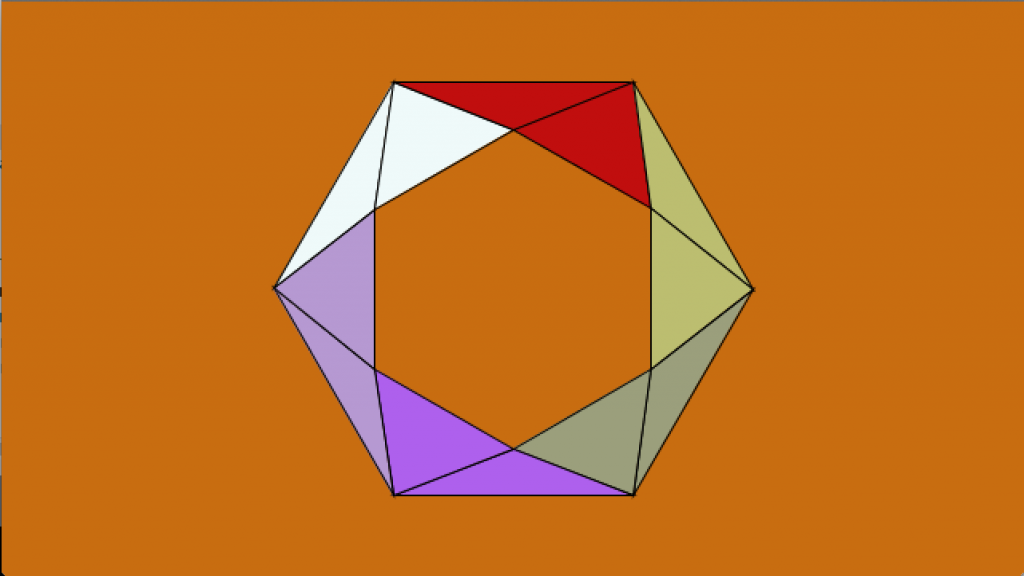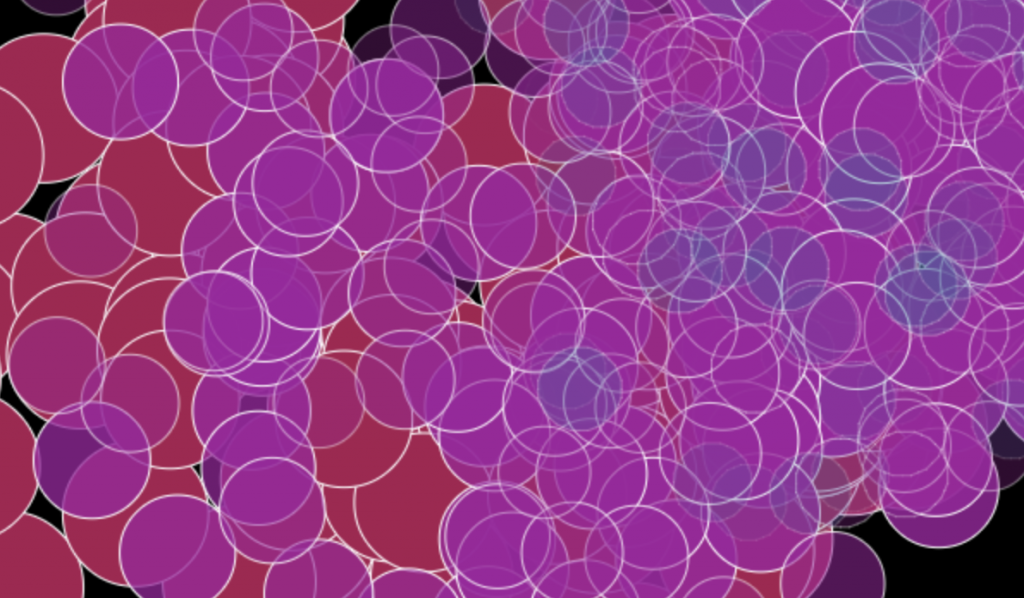IM4490 Special Topics in Interactive Media
Topics are based upon important trends and developments in Interactive Media Design. Lectures, demonstrations, or research reports pertaining to areas of interest in Interactive Media Design presented by resident faculty, expert visitors, and working professionals. Group projects may also be assigned. Topics selected are based upon important trends and developments in the industry. Study and discussion of computer hardware, operating systems, networking, programming languages, interactive digital media, streaming media, entrepreneurship, marketing, workgroup organization, and the interactive industry are but a few possible topics that might be covered.
Instructor: John Keston
Meeting Times and Location:
Monday / Wednesday
10am – 11am (with appropriate breaks), Room L229, LaSalle building
Syllabus: Please visit e-Companion to download the current syllabus
Textbook:
Processing: A Programming Handbook for Visual Designers and Artists
Week 1 | Week 2 | Week 3 | Week 4 | Week 5 | Week 6
Week 7 | Week 8 | Week 9 | Week 10 | Week 11


